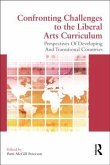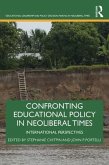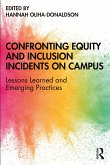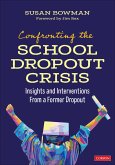One of the key challenges facing schools today is that of reducing marginalisation amongst pupils in educational contexts. This timely book provides guidance and illustrative examples of the ways in which primary and secondary schools can include all of their students in the academic and social experiences they provide. Developed around a framework that practitioners and researchers can use in order to understand and address marginalisation, the author's approach takes account of the views of children and young people throughout. This framework consists of a unique four-step process: Step 1: Opening doors: Enabling voices to emerge. Step 2: Looking closely: Bringing concerns to the surface. Step 3: Making sense of the evidence: Sharing data with learners. Step 4: Dealing with marginalisation: Encouraging inclusive thinking and practice. By helping practitioners to reach out to all learners, regardless of the labels assigned to them, the book explains how teachers can make sure that every child matters, and, in so doing, create a classroom that is all the more inclusive. Importantly, the book focuses on all learners, including those who might experience marginalisation but whose voices might have not previously been heard. Relevant to teachers of pupils of all ages, students on initial teacher education and undergraduate and postgraduate students, this book will also be of interest to researchers and academics who are focusing on the role of children's voices in promoting inclusive education.
Hinweis: Dieser Artikel kann nur an eine deutsche Lieferadresse ausgeliefert werden.
Hinweis: Dieser Artikel kann nur an eine deutsche Lieferadresse ausgeliefert werden.








